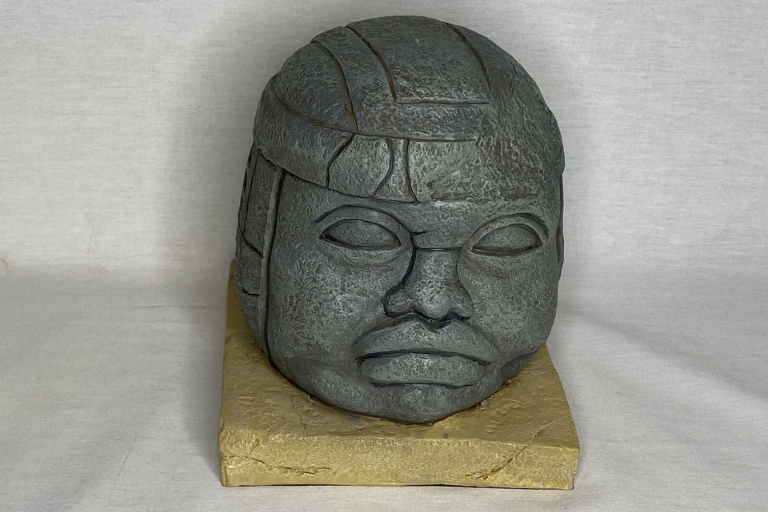These lesser-known artifacts and innovations from ancient times remind us of the sophistication and ingenuity of our forebears, challenging our assumptions about the capabilities of ancient civilizations. Each discovery provides a glimpse into the rich tapestry of human history, showcasing the remarkable achievements that have shaped our world.
1. Antikythera Mechanism

In the depths of ancient history, the Antikythera Mechanism stands as a testament to the Greeks’ advanced understanding of technology. Discovered in a shipwreck off the coast of Antikythera, this intricate geared device from around 100 BCE is believed to be an ancient analog computer, possibly used for astronomical calculations.
2. Baghdad Battery

Contrary to the common belief that batteries are a modern invention, the Baghdad Battery challenges that notion. Unearthed in Mesopotamia, this terracotta pot from the Parthian era (250 BCE – 224 CE) contained a copper cylinder and an iron rod. Although its exact purpose remains a mystery, some speculate it might have been an ancient battery.
3. Incan Quipu

The Inca civilization devised an ingenious method of record-keeping using the Quipu, a system of colored, knotted strings. While the exact details of the information encoded in these strings are still uncertain, it’s clear that the Inca used this as a sophisticated method of communication and record-keeping.
4. Roman Concrete

Roman concrete, used in structures like the Pantheon, is a marvel that has stood the test of time. Unlike modern concrete, Roman concrete improved with age, gaining strength over centuries. The secret lies in the use of volcanic ash, which created a durable and long-lasting building material.
5. Chinese Seismoscope

Zhang Heng, an ancient Chinese polymath, designed the seismoscope in 132 CE. This early earthquake detection device consisted of a bronze vessel with eight dragon heads, each holding a ball. The direction in which the dragon opened its mouth indicated the quake’s origin.
6. Greek Fire

The Byzantine Empire possessed a formidable weapon in the form of Greek Fire, a mysterious and highly effective incendiary substance. Developed in the 7th century, its exact composition remains unknown, but it played a crucial role in naval warfare.
7. Maya Blue Pigment

Maya Blue, a vibrant and enduring pigment used by the ancient Maya civilization, was created by combining indigo and a type of clay known as palygorskite. This resilient color has retained its brilliance for over a millennium in Maya murals and artifacts.
8. Ancient Surgical Instruments

The surgical prowess of ancient civilizations is showcased through a variety of intriguing surgical instruments. Examples include the Roman scalpel and forceps, illustrating a surprising level of precision in medical practices.
9. Olmec Colossal Heads

The Olmec civilization, predating the Aztecs and Mayans, left behind massive stone heads weighing several tons. These colossal sculptures, carved from basalt, depict distinct individuals, possibly rulers or deities, and their purpose and method of creation remain enigmatic.
10. Roman Dodecahedron

A series of small, hollow, metal objects called Roman Dodecahedra have puzzled historians. With their twelve flat faces and varying-sized holes, their exact function remains unknown. Theories range from religious artifacts to surveying instruments.



GIPHY App Key not set. Please check settings